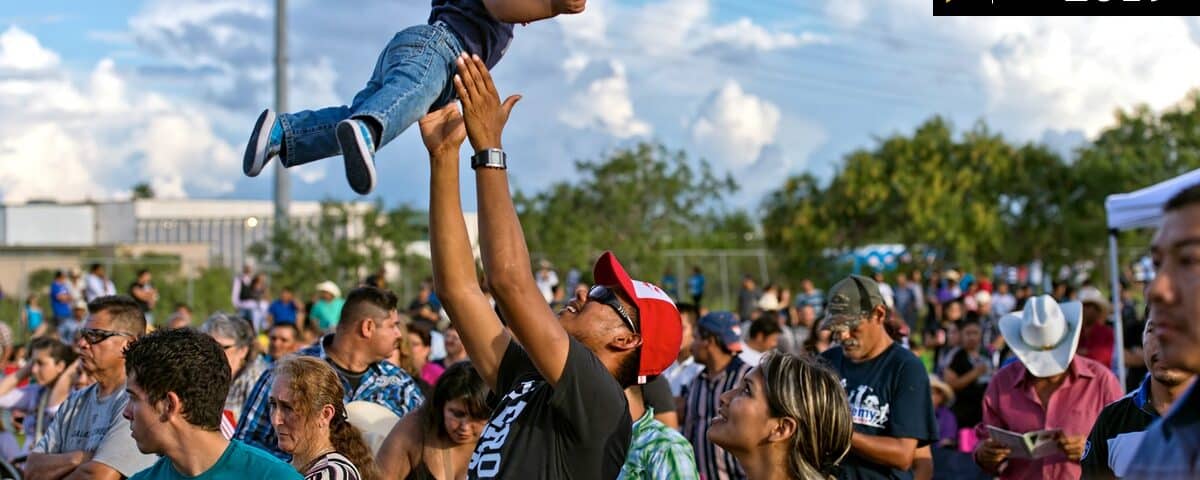How do Hispanics in Rural Areas Differ to those Living in Metro Areas?

What State Has the Highest Percentage of Spanish Speakers? Its Not Who You Would Think..
March 7, 2023
4 Paradigm Shifts in Healthcare Innovation Over the Next Decade
April 3, 2023It’s important to note that the Hispanic population is not a monolithic group and is composed of diverse cultural, linguistic, and socioeconomic backgrounds. As such, there may be variations within each group that can affect their experiences and perceptions.
That said, there are some general differences that can be observed between Hispanics living in rural areas compared to those living in metropolitan areas.
They often differ in several ways, including cultural practices, economic opportunities, educational attainment, and access to healthcare.
Cultural Practices: Rural Hispanic communities may have more traditional cultural practices compared to urban communities, due to being more isolated and having less exposure to mainstream culture.
Economic Opportunities: Rural areas may have fewer job opportunities and lower-paying jobs, leading to lower household incomes for Hispanic families. In contrast, metropolitan areas may offer more diverse job opportunities, higher salaries, and more access to professional networking.
Educational Attainment: Rural areas may have limited educational resources, which can impact the educational attainment of Hispanic youth. In contrast, metropolitan areas may have more resources and opportunities for education, including access to higher education institutions.
Access to Healthcare: Rural areas may have limited access to healthcare facilities, which can disproportionately affect the health of Hispanic communities. Metropolitan areas may have more healthcare facilities and providers, which can increase access to preventative care and treatment options.
Cultural identity: Hispanics living in rural areas may have stronger ties to their cultural heritage and traditions, as they may be more isolated from mainstream American culture. On the other hand, those living in metropolitan areas may be more likely to assimilate to American culture while still maintaining their Hispanic identity.
Language use: Hispanics living in rural areas may be more likely to primarily speak Spanish, while those in metropolitan areas may be more likely to speak both Spanish and English or primarily English.
Political Representation: Hispanic populations in rural areas may be underrepresented in local and state governments compared to those in metropolitan areas, and tend to be more conservative, particularly on social and cultural issues.
It’s important to note that not all rural and urban Hispanic communities are the same, and there is significant diversity within the Hispanic population. Factors such as geography, migration patterns, and historical influences can all impact the unique experiences and characteristics of Hispanic communities in both rural and metropolitan areas.






